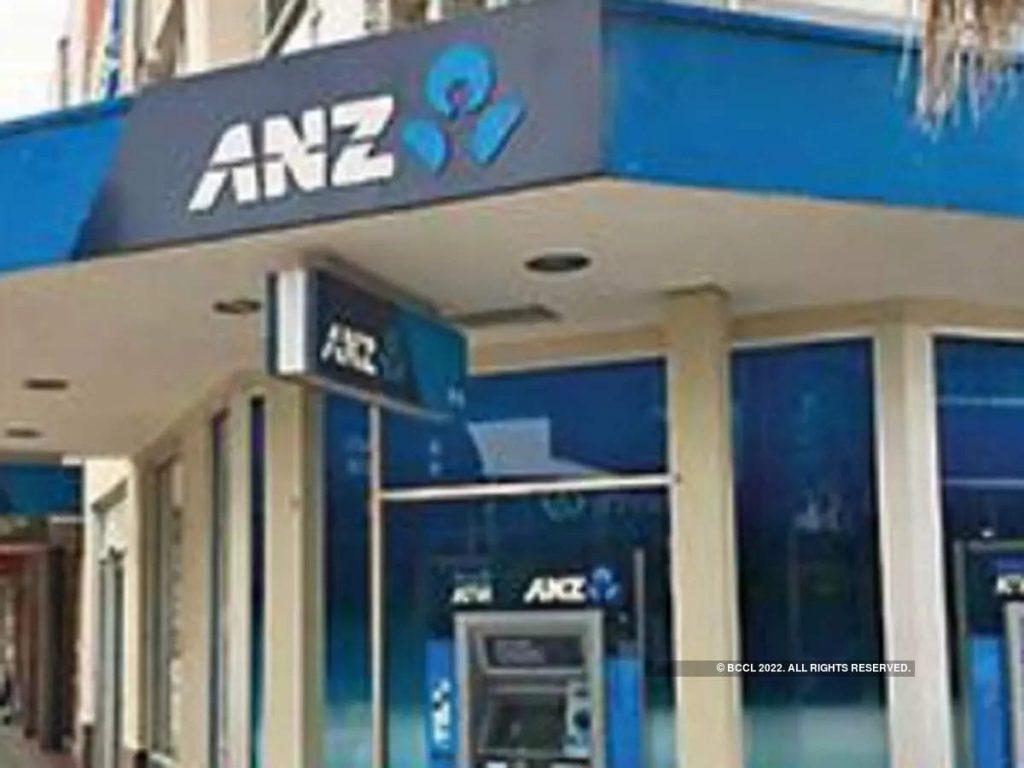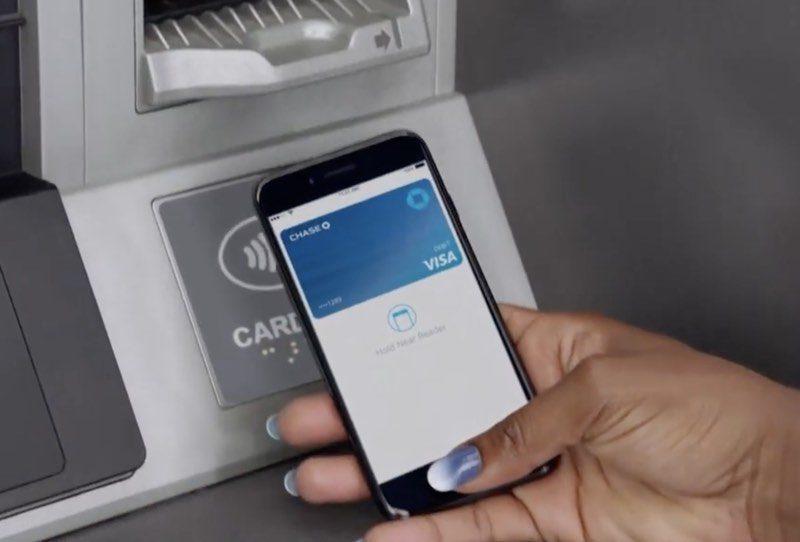Last Updated on June 14, 2025 by admin
Have you ever received a bank alert for a payment, only to discover it was as fake as a broken promise? Welcome to the realm of fake bank alert transfer scams, where fraudsters attempt to deceive unsuspecting victims. These scams involve con artists sending counterfeit bank alerts to make people think they have received a payment when, in fact, they have not.
Typically, scammers will inform their victims that they want to use mobile transfers to pay for goods and services or to send money for a POS transaction. They then ask for the name of the victim’s bank and phone number. Once they receive the bank names, they go online to find the SMS bank alert format used by that bank.
They often engage in this deceitful behaviour with the help of applications like Flash Fund App, Lofty Sms app, Money Prank Pro, Millionaire Fake Bank Account Pro, and Fake Alert Maker for Android.
You can also read: How to Generate first bank Token and activate it
What is a fake bank alert transfer payment?
A fake bank alert transfer payment is a scam where fraudsters use technology to create a fake SMS notification that mimics a legitimate bank alert. This fake alert is designed to deceive the recipient into believing that they have received a payment, when in reality, no money has been transferred.
This is a prevalent scam in Nigeria, often referred to as “audio money” or “flash funds.” Scammers exploit the fact that transaction notifications can sometimes be delayed, leading to a window of opportunity where they can deceive unsuspecting victims.
Steps to detect Fake bank alerts
Detecting a fake bank alert can save you from being scammed—especially in cashless transactions or online sales. Here’s a smart checklist to help you spot the fakes before it’s too late:
1. Check your Email that is link to your bank account
If your bank account is not link to your email— please open one either from Gmail or yahoo mail and link it to your account to enable you verify and get update of any financial transaction that took place in your bank account also, you can get to know your bank account statement and account balance by checking your email.
Once you received the suspected bank alert, check your email source. The original alert from your financial institution cannot be found attached with any other email whatsoever before you believe the sender.
You May Also Like: The evolution and history of banking in Nigeria
2. Check your bank account
Don’t just take the SMS’s word for it, Use your bank’s mobile app, USSD code, or ATM to see if the transaction actually appears in your account statement. This is the most reliable way to confirm a payment. If your balance hasn’t changed, the alert is fake.
You May Also Like: what is the role of banking in the Nigeria’s economy
3. Check the credit alert you received if it contains your ‘available bank balance
A fake SMS alert will not show your available balance. You can easily spot a fake SMS if your account balance doesn’t match the transfer payments made by your customers or buyers.
4.Watch out for Spelling and Grammar Errors:
Fake alerts often contain typos, awkward phrasing, or inconsistent formatting. Real banks rarely make such mistakes.
5. Check for Balance Details
Legitimate alerts usually show your previous and new balance. If the alert skips this or the math doesn’t add up, it’s a red flag.
6.Compare with Past Alerts
Look at previous genuine alerts from your bank. If the new one looks different in layout, tone, or structure—it might be fake
7.Verify with Your Bank
When in doubt, call your bank’s customer care or check your transaction history. Never rely on screenshots or SMS alone.
How to Prevent Fake Alerts
Conclusion
Learn about the common tactics scammers use to trick people into making fraudulent transactions. Keep yourself updated on the latest scams and always exercise caution when you receive bank alert transfer payments from unfamiliar sources. By being proactive and vigilant, you can protect yourself from falling victim to fake bank alert transfer payments and safeguard your finance



















Please I need your help
I need you to help me check if a federal mortgage bank account alert is real. Someone sent some money there. And I don’t know if it’s real